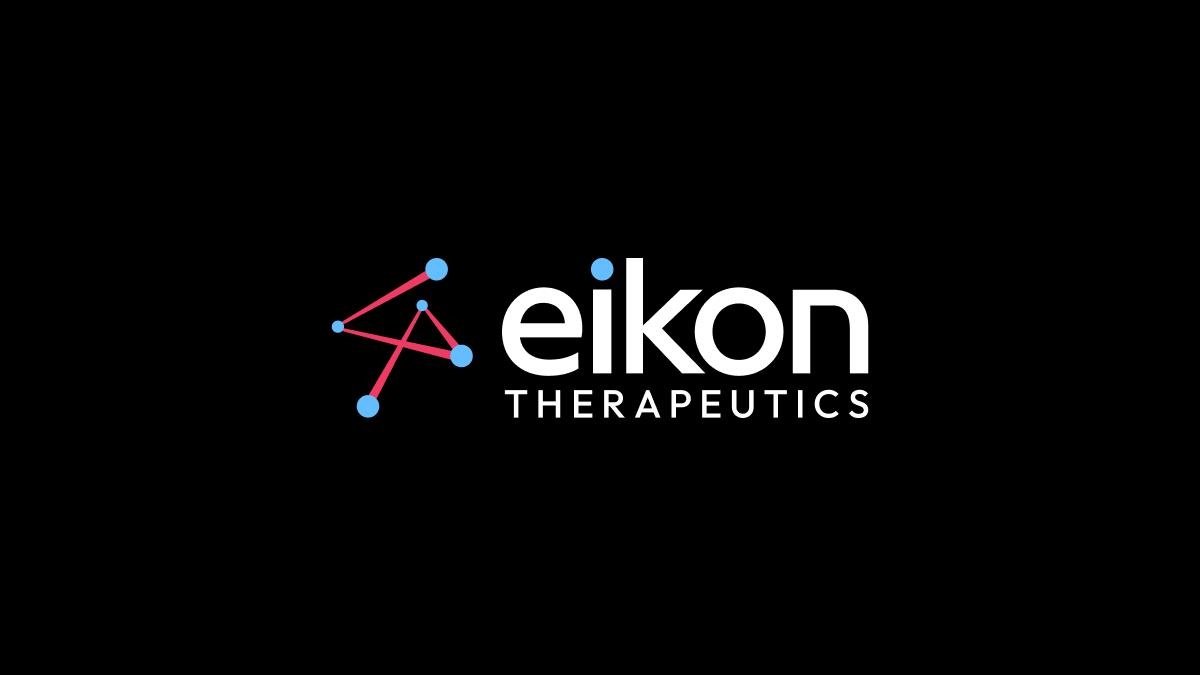Providing a positive customer experience through pharma content

Customers must be given positive, trustworthy, and relevant experiences, says Indegene’s Martin O’Brien.
Content is playing an increasingly prominent role in the digital transformation of pharmaceutical companies as they grapple with how to provide an engaging customer experience (CX).
But, while CX is a strategic priority for many within the pharmaceutical industry, there is a lack of urgency around the concept that can seem intangible and out of reach to pharma marketers.
Looking back on a recent meeting of Indegene’s CX Council, the company’s head of brand strategy and content explained how it’s actually a straightforward way of giving pharma’s customers useful content services.
CX in pharma
We all know what customer experience means in the wider world, but when it comes to the pharmaceutical industry, it is perhaps less well defined.
O’Brien explained that it was about how people felt about their engagements with the company across their healthcare journey, from diagnosis to treatment and on-going disease management.
“We are delivering a service that can make the difference of life or death. A good customer experience could be a determining factor in that outcome”
“We are delivering a service that can make the difference of life or death. A good customer experience could be a determining factor in that outcome,” he said.
“If experiences are positive, trustworthy, relevant, simple, and helpful, then the customer is happy. It was a good experience,” he said, adding that providing useful, relevant, timely content services was a huge part of that.
“It is critical because it really is directly connected to good business performance and success – not only does it result in happy customers, but it can also lead to additional revenue. Making customers happy is always a great strategy for success.”
Satisfied customers are more likely to recommend a company or a treatment, and, in a social media-driven world, that has never been more important.
The rise of platforms like Facebook and Twitter has brought like-minded groups, whether that’s people with a particular health condition, or healthcare professionals working in a specialist field, together.
It makes company/customer interactions much more transparent and has the power to significantly amplify both positive and negative experiences, said O’Brien.
“I don’t think social media unto itself makes or breaks CX, but it gives customers a stronger voice, whether they are happy or frustrated.
“If someone has a terrible experience they're going to complain, often in a tweet. Then 100 other important doctors see it and might think ‘I don't want to do business with them – maybe there's another treatment from another company that cares more that I could turn to’,” he said.
Preparing for CX
While many pharmaceutical companies already understand the importance of CX, they do not all have the strategies they need to implement it.
The first step in CX design tends to be defining a company’s customer base, but that’s no easy task in pharma.
“Healthcare is complex. The industry serves so many different customers – researchers, hospitals, healthcare professionals, patients, consumers, caregivers, employees and payors – so that’s really a broad definition.
“Pharma needs to define who their customer stakeholders are across all channels, from digital to teleservices to personal, and really emphasise that serving those stakeholders is intrinsically linked to better health outcomes and better business.”
Often, different business functions will be responsible for different groups of stakeholders at different stages of the journey. It means companies need to “orchestrate across the board”, and O’Brien predicts structural changes as industry realigns to this new way of working.
However, this can be extremely challenging for pharma companies, which Martin explained have traditionally separated themselves from the mainstream marketing world.
“The non-pharma sector really embraced and understood the competitive advantage of digital transformation, while pharma was more siloed and less connected, and transformation was consequently harder. Now the industry is playing catch up and it will close that gap - the stakes are so high that it has to.”
Already, he said, he has observed companies embracing a lot of the marketing technology that’s needed to begin the organisational transformations that will allow them to deliver a good customer experience.
Pursuing CX in pharma
Providing valuable CX in pharma requires end-to-end engagement, education, and support – covering everything from product selection, design, and development, through to use and adherence – and a wide range of content.
Technology, such as strong data and analytics capabilities that allow organisations to understand omnichannel programme performance, and marketing operations that can serve dynamic content, is key to success.
“It's not just about advertising and awareness. It's about user loyalty, customer retention and customer satisfaction,” O’Brien said, using the example of “what to watch next” algorithms on services like Netflix.
“They really start simple and it's just paying attention. You can offer something to a customer by really paying attention to, and mapping their needs – by really understanding their journey.
“You might even have data that suggests exactly what they need. Really understand all contacts between the company and the customer, then measure and optimise that process over time. That’s when your next action can become quite accurate and helpful to the customer.”
While it may seem a dauting task, the tools needed to shift from product-led to customer-centric marketing already exist, said O’Brien.
“Certainly, one of the things we do, from a marketing perspective, is that all the components of all of our content and all of our campaigns are tech-based. Then we can go back and look at how customers are engaging with our brand campaigns, our experiences, and our content to see what's helping, what's not helping, and continuously optimise.”
Tracking, he said, had to be firmly embedded in every piece of activity. Luckily, today’s marketing technology has been “built and designed to measure”, so all companies needed to do was “use it and use it in a smart, meaningful way”.
Accelerating CX
Indegene, which has built a suite of pharma-specific digital marketing solutions over the last decade, believes positive CX depends on the digital transformation of content.
That means connecting data, analytics, content management, and front-end brand campaign design to pay attention to what works for the customer. And the time to do this is now, said O’Brien.
“The non-pharma sector has really embraced and understood the competitive advantage of digital transformation, but pharma remained more structured in the old-school sales and marketing of promotional and medical siloes. Things were less connected, making transformation harder.
“The industry is now playing catch up, and the stakes are high.”
The value of the customer is significantly greater in pharma, especially in a world of costly, sophisticated biologics and rare disease treatments, making good CX, O’Brien said, a huge ROI opportunity.











